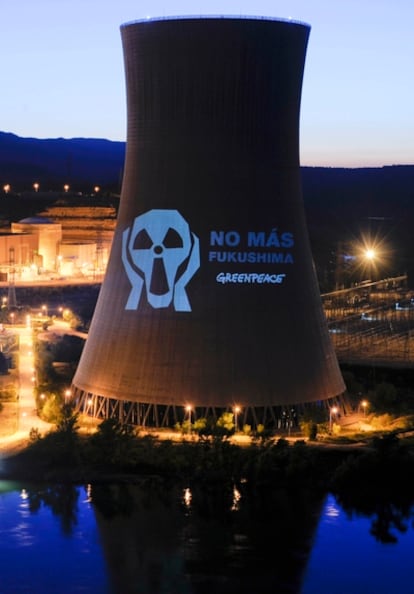Tsunamis in Spain? Sooner or later, yes
In 1755 a tidal wave swept through Cádiz and Huelva, killing 1,240 people; Spain has no early warning system to alert of great waves, experts warn
Tsunami is a Japanese word, but that does not mean to say that destructive tidal waves only happen in the Pacific. On All Saints' Day in 1755, Cádiz and Huelva were hit by a devastating wave after an earthquake on an Atlantic fault line some 400 kilometers off the coast. Although far fewer people lived on the coast then than today, the wave claimed 1,240 lives. Scientists don't know whether history will repeat itself next year or in 500 years, but given the destructive power of this phenomenon, they are calling for an early warning system.
The tremor is remembered as the Lisbon earthquake because it destroyed the city and killed 12,000 people in Portugal. It measured around 8.4 on the Richter scale, according to reconstructions by scientists, explains Emilio Carreño, head of the Seismic Network of the National Geographic Institute (IGN). "The quake was felt in Germany and nearly all the cathedrals with towers in the peninsula were damaged," adds Carreño.
The quake generated a tsunami. The cliffs of the Algarve were barely damaged but in the zone between Cádiz and Huelva, home to marshes below sea level, it made a huge impact.
In Ayamonte (Huelva) alone, 400 drowned. In Cádiz, where waves measured up to 6.5 meters, the governor ordered the closure of the sea wall gate, which helped save lives. The event generated so much alarm and surprise that it is well documented.
Mauricio González, a researcher with Cantabria University's Oceanographic and Coastal Engineering Group and a tsunami expert, says the 1755 quake was not an isolated case. "Over 18 tsunami-generating quakes were registered between 300BC and 1900," in the Gulf of Cádiz. In the Mediterranean, tsunamis are less destructive but they can be dangerous for bathers, and low-lying zones in summer.
Since the devastating tsunami in Indonesia in 2004, scientists began to study the phenomenon and how to predict it. A European project has now identified the possible sources of tsunamis and their effect.
Since the Japan nuclear disaster, atomic power plants' resistance to quakes is also under review across Europe. In Spain, nuclear plants are situated outside the zone with the highest seismicity, and Lisbon 1755 was one of those taken into account.
However, González explains, "there is still no early warning system. [...] In Japan, the warnings meant only a fraction of the deaths seen in Indonesia."
Paradoxically, "Unesco's detection system would enable Spain to find out about tsunamis, but it wouldn't know how to respond to an alert," he adds.
González has modeled the alarming impact of a tsunami on Cádiz, now home to 125,000. "A great tsunami will hit the Spanish coast tomorrow or in 100 years." It's just a question of time.








































